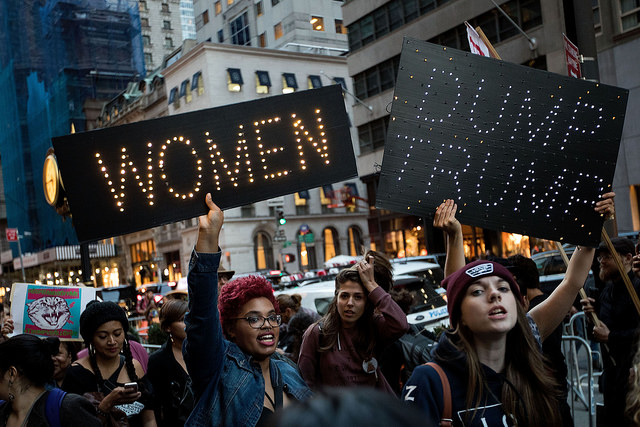
Since Donald Trump’s inauguration, the presence of social movements and protests has grown substantially. Most notable among this phenomenon have been large marches, such as the Women’s March and the March for Science. And according to an article in the Washington Post, these movements are showing no signs of slowing.
Sociologist Dana Fisher, Director of the Program for Society and the Environment at the University of Maryland, investigates what has motivated people to more actively participate in democracy. In the article, she explains that this shift to more collective and vocal action is to ensure people are heard, especially in light of the current administration. According to Fisher,
“Most people used to be content to vote every four years and then disengage from politics … but many Americans no longer feel like their concerns are being heard just by voting.”
The protests have also been more ethnically diverse than is typical, and Fisher’s research shows that the rates of bachelor’s degrees among the protesters is higher than the general US population. Perhaps the most significant shift is the variety of issues in which participants are protesting. At the Women’s March, 60 percent said they were protesting for women’s rights, 36 percent indicated they were there for the environment, and 35 percent for racial justice. Fisher explains,
“Since the inauguration … the resistance has become the umbrella for a suite of issues that used to have their own individual movements … They are not just coming out for the one issue that is their big issue. They have a much more intersectional sense of an identity as an activist.”

Comments